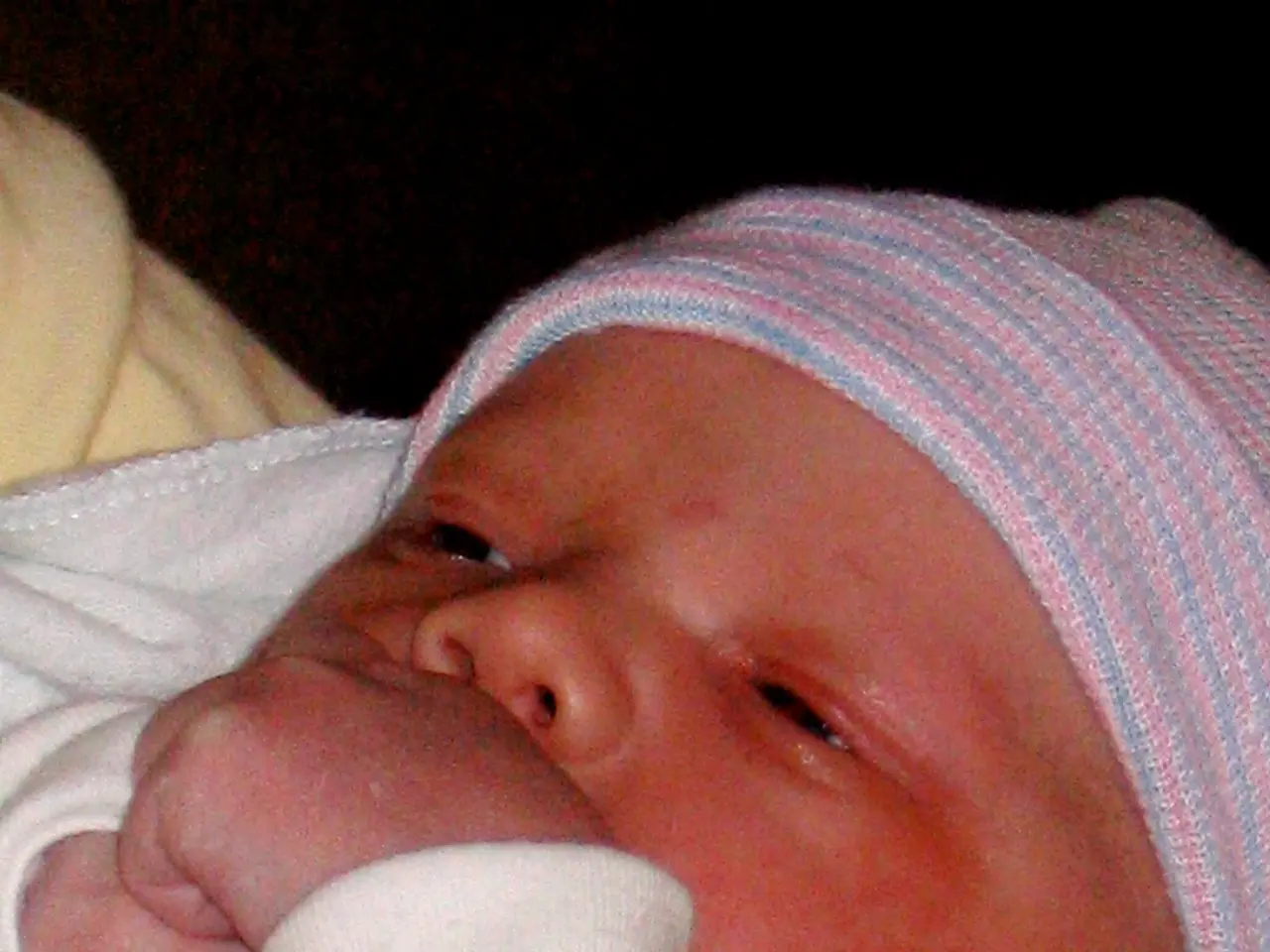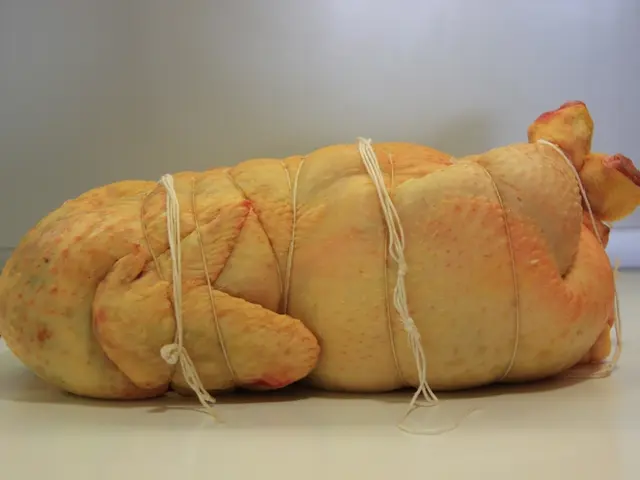Top Effective Strategies and Home Solutions for Addressing Diaper Rash
In the world of parenthood, diaper rash is a common concern for many caregivers. This article aims to provide a clear and practical guide on how to prevent, treat, and manage diaper rash in infants.
Diaper rash is a red, painful rash that occurs in warm, moist environments and can cause the skin to be scaly, bumpy, or raw. It accounts for about 20 percent of all childhood visits to a dermatologist. The primary causes of diaper rash include moisture and irritation, chafing and friction, infrequent diaper changes, and sensitive skin or allergic reactions. Introducing new foods can also cause some infants' urine and feces to become particularly acidic and irritating, potentially leading to diaper rash.
Infants with underlying skin conditions like eczema may be more prone to developing diaper rash. In some cases, diaper rash may result from other causes, including yeast infections and seborrheic diaper dermatitis.
Effective home remedies for treating diaper rash in infants primarily focus on keeping the affected area clean, dry, and protected. Common and recommended approaches include frequent diaper changes, keeping the skin clean and dry, air exposure, barrier creams and ointments, oatmeal baths, natural oils, mild cleansers, and patch testing.
Frequent diaper changes are crucial in reducing moisture exposure, with infants under 12 months requiring 5 to 7 changes a day. Gently cleaning the baby's bottom with warm water, fragrance-free wipes, or wet cotton pads at every diaper change is also essential. Allowing diaper-free time helps air out the skin, preventing moisture buildup and promoting healing.
Barrier creams such as zinc oxide or natural alternatives like cold-pressed coconut oil or Ayurvedic diaper rash creams can protect the skin from urine and feces irritation and support healing. Oatmeal baths, while not scientifically proven, are a traditional remedy to soothe irritated skin. Gentle natural oils and using mild herbal cleansing powders can reduce bacterial growth and soothe the rash.
Patch testing is always advisable to avoid allergic reactions, especially in sensitive areas near genitals. Regarding yeast diaper rash, home remedies like chamomile ointments, oregano oil, tea tree oil, and gentian violet have anecdotal or limited evidence and require pediatrician approval due to possible allergies or unknown safety profiles.
In summary, preventive care focused on hygiene, moisture control, and gentle skin protection is the cornerstone of managing diaper rash at home. Natural remedies like coconut oil and oatmeal baths can be supportive options. However, it is essential to consult with a pediatrician, especially for severe, persistent, or yeast-related rashes.
Remember, dressing infants in loose cotton bottoms, using unscented soaps and detergents, and avoiding baby wipes can help prevent diaper rash. If an infant has an underlying skin condition like eczema, they may be more prone to developing diaper rash.
If an infant has blisters, fever, a persistent rash that does not clear with home remedies, swelling, a rash that oozes fluid or pus, or if the rash does not improve after a few days, they should see a doctor.
By following these guidelines and maintaining a clean, dry, and protected diaper area, parents and caregivers can help ensure their infants' comfort and wellbeing.
- In parenthood, diaper rash is a frequent issue for caregivers, necessitating a clear guide on prevention, treatment, and management.
- Diaper rash presents as a red, painful rash in warm, moist environments, often causing the skin to be scaly, bumpy, or raw.
- Approximately 20 percent of childhood visits to a dermatologist are due to diaper rash.
- Primary causes of diaper rash include moisture and irritation, chafing and friction, infrequent diaper changes, sensitive skin, or allergic reactions.
- New foods can introduce acidic urine and feces, potentially leading to diaper rash in some infants.
- Infants with underlying skin conditions like eczema may be more susceptible to diaper rash.
- Diaper rash can result from issues like yeast infections and seborrheic diaper dermatitis.
- Home remedies for treating diaper rash primarily focus on keeping the affected area clean, dry, and protected.
- Frequent diaper changes help reduce moisture exposure, with infants under 12 months requiring 5 to 7 changes a day.
- Keypoints for keeping the skin clean and dry include gentle cleaning with warm water, fragrance-free wipes, or wet cotton pads at every diaper change.
- Allowing diaper-free time helps air out the skin, preventing moisture buildup and promoting healing.
- Barrier creams like zinc oxide or natural alternatives can protect the skin from urine and feces irritation and support healing.
- Parents and caregivers should consult with a pediatrician for severe, persistent, or yeast-related rashes; maintain clean, dry, and protected diaper areas for their infants' comfort and wellbeing.








